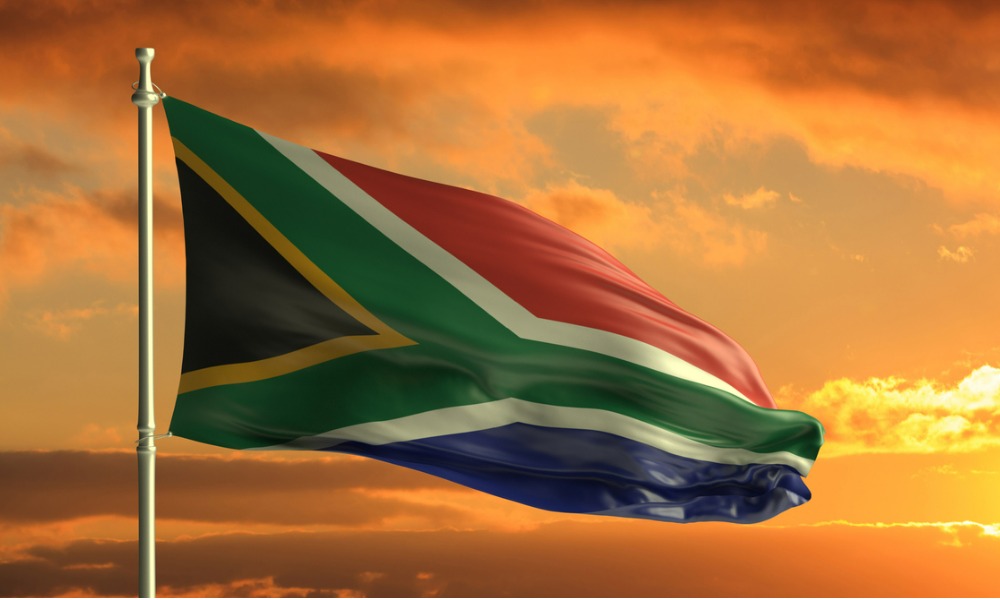Developing nation benefits from cyclical tailwinds and strong pro-reform signals, AGF Investments vice president and PM

Investors might be forgiven for not having South Africa on their watchlist of emerging markets. As per government figures, less than 2% of the country’s population has been vaccinated, and infections are on the rise again. Within the past decade, it was also branded as one of the “Fragile Five” by Morgan Stanley during the taper tantrum of 2013.
But according to Regina Chi, vice president and portfolio manager at AGF Investments, the developing nation should be looking a lot more attractive.
In a new blog post, Chi highlighted the role of resurgent commodity prices, particularly for metals, in South Africa’s recent remarkable performance. Citing the Organization of Economic Co-operation and Development (OECD), she said the country’s mining industry accounts for nearly 10% of its GDP. That has contributed to its stock market outperforming all other EMs this year in spite of increasing global bond yields, and the counterintuitive strengthening of the rand against the U.S. dollar amid a rising-rate environment.
“[M]arket outperformance this year might also have to do with less cyclical factors,” Chi said. “Among them, South Africa under President Cyril Ramaphosa has promised a wide-ranging program of economic reforms.”
The spotty record of EM reform promises notwithstanding, she said that Ramaphosa’s campaign appears to be the real deal. A key example is his crackdown on political corruption, which recently resulted in Ace Magashule, the secretary general of the African National Congress, being suspended over accusations of corruption, fraud, theft, and money laundering.
Beyond his tough anti-corruption stance, Ramaphosa’s program of reforms includes strategies to support national job creation, self-sufficiency for food, and expanded power generation and renewable energy. Also notable is his aim to restore the state-owned public utility Eskom, a “perennial money-loser” that has taken on tens of billions of dollars in net debt, to financial and operational health.
“In 2019, Ramaphosa proposed splitting Eskom’s transmission, generation and distribution units into three separate companies, in part to encourage competition and in part to smooth Eskom’s access to capital markets,” she said. “The process has been slow and halting, but Eskom – which now has a professional management team – says it is now on track to spin off its transmission unit by the end of 2021, with the generation and distribution businesses to follow in 2022.”
South Africa is in a fairly good external position to make good on Ramaphosa’s promises. Citing Bloomberg data, Chi pointed to the country’s substantial current account surplus, which amounted to 5.9% of GDP in Q3 and 3.7% Q4 2020 – the result of domestic demand restraint combined with positive trade terms made possible by rising metal prices.
The core economy also showed better-than-expected resilience last year as GDP rose 13.7% and 1.5% in the third and fourth quarters, respectively, as per Statistics South Africa. 2020’s inflation rate of 3.3% was the lowest in more than 15 years, and the dismal 32.6% jobless rate in Q1 was offset by average salaries returning to pre-pandemic levels.
“[P]romises of reform tend to come and go – and often with little concrete impact,” Chi said. “That reality should rightly make investors hesitant to proclaim ‘it’s different this time,’ but healthy skepticism should not be immune to the evidence.”



